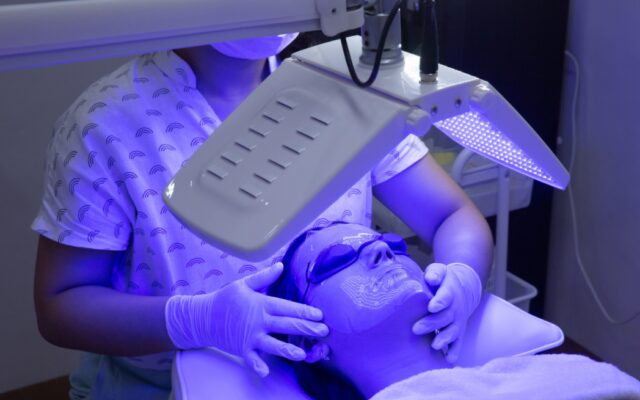
If your health and sleep quality haven’t been at their best lately, this might be your body giving you the signals that you need more light. The human body lives on a regular day and night cycle. But, the modern life of today may not be giving you the adequate amount of natural light that’s needed. If this situation holds true for you, then, it may be a signal for you to see new light—literally.
This is where the power of technology comes in handy. When you can’t have natural light exposure, you need to supplement with artificial bright light therapy, also known as phototherapy. With this kind of therapy, your body is exposed to different levels of light under controlled conditions. In its early stages of use, light therapy was mostly used as a remedy for seasonal defective disorders and skin issues.At present, it aims to benefit overall health and wellness.
Before proceeding below, you may, first, visit sites such as lighttherapy.org to get to know what light therapy is and how it can benefit your body.
You might want to try light therapy for a variety of reasons, including:
1. It May Promote Wound And Tissue Healing
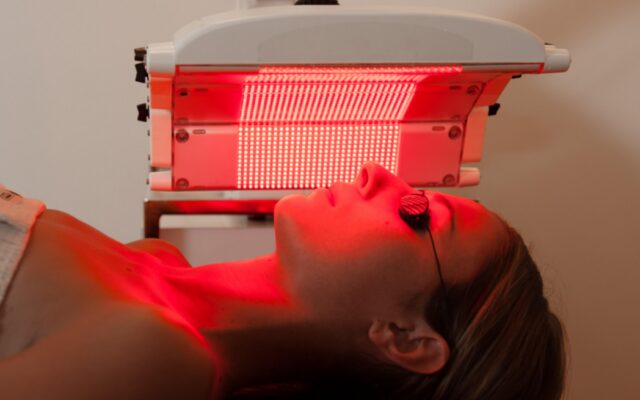
If you have wounds, scars, and burns, red light therapy may be a safe and natural way to speed up healing. Patients who submit to light therapy who are also recovering from injuries and medical procedures are found to have experienced lower levels of inflammation and pain.
With these promising benefits, red light therapy for the purpose of wound and tissue healing has risen to be a well-loved treatment form for senior citizens who are prone to injuries and pro athletes. This pain may also be evident when sleeping, as discussed here.
While promising for wound healing, however, it’s also not without side effects or risks, albeit rare. Some of those side effects include:
• Tenderness in the affected body part
• Inflammation
• Rashes
Along with using light therapy, your doctor may also prescribe these other methods of promoting better wound healing:
• Plan healthy balanced meals that’ll give you a mix of fruits, vegetables, and grains.
• Stay hydrated with water and unsweetened beverages.
• Wash the wound with clean soap and water.
2. It May Boost Your Supply Of Vitamin D

One of the most important vitamins the human body needs that natural light can supply is Vitamin D. However, an indoor and sedentary lifestyle of today has made many individuals suffer from Vitamin D deficiency. This is where the need to supplement with light therapy sessions come in
For the purpose of supplying the body with its needed Vitamin D, however, it’s important to note that not all forms of light therapy can possibly increase Vitamin D levels. This effect is still dependent on the kind of light being used. In this case, it has to be ultraviolet light (UV) light.
If you need more convincing about why Vitamin D is good for you, here are some of its health benefits:
• It may fight off diseases, like multiple sclerosis, and reduce the likelihood of developing the flu.
• It reduces the chances of depression.
• It may promote strong and healthy bones.
3. It May Improve Hair Growth

For those suffering from diseases like androgenic alopecia, it’s fortunate to know that light therapy may also be effective at stimulating hair growth. Light therapy, sent to the head through laser waves, irradiates photons into the hair’s scalp tissues. In effect, the photons are absorbed by the cells, which, in turn, also encourages hair growth.
For hair growth, this kind of light therapy is also referred to as cold laser therapy. There are a number of reasons why dermatologists might suggest this treatment form for baldness or hair growth issues. These include the following:
• It’s painless.
• It comes with little to no side effects.
• It’s non-invasive.
Together with undergoing light therapy, these are also other effective means of improving hair growth you may want to give a try:
• Eat a protein-rich diet so hair can grow optimally and the likelihood of shedding is reduced.
• Explore using essential oils, which may also have the effect of promoting hair growth.
• Have a scalp massage.
• Avoid using too many styling products that uses heat.
• Give your hair a break from too frequent coloring and other hair treatments.
4. It May Ward Off Seasonal Depression
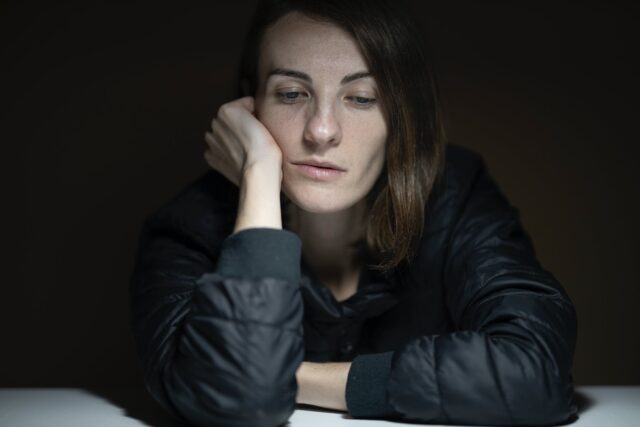
Seasonal depression is also commonly known by two terms: winter depression and seasonal affective disorder treatment. As its name implies, this is a form of depression that usually occurs during two seasons of the year: fall and winter.
The reason for this goes back to the very nature of winter—it’s cold and depressing for many. Mobility is difficult and affected because of the extreme cold and the buildup of snow, then, there’s the shorter daytime as well. Natural light has tremendous effects on improving one’s mood. So, if individuals are consistently lacking natural light from the sun, it’s not surprising how, eventually, during the winter season, the onset of depression is greater.
This is where you’ll need to supplement with light coming from an artificial box. In the absence of natural light, you need this source to possibly help ward off seasonal depression.
To achieve its promising effect in driving away seasonal depression, however, it’s important that you’re using the light box or light therapy the right way. Typically, your doctor is going to recommend tips like the following:
The light box you’ll choose for light therapy to ward off seasonal depression should hold at least 10,000 lux of light.
When using the light box, you should keep your eyes open, but not looking directly at the light.
The light box should be one that emits as little UV light as possible.
5. It May Improve Sleep
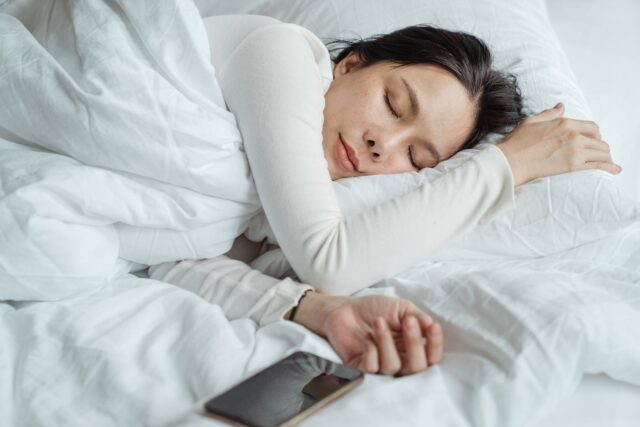
The human body has what’s known as the circadian rhythm. This means that when it’s dark, the human body is automatically given the signal to fall asleep. The circadian rhythm, however, doesn’t work well without adequate exposure to light during the day.
So, if you’ve been sleepless later or feeling the bouts of insomnia, it may be because you aren’t getting enough light exposure.
At best, it’s still the best recommendation to have natural light exposure. When this isn’t possible, that’s when the promising potential of light therapy kicks in. In particular, your doctor may recommend light therapy for sleep issues relating to:
• Insomnia
• Dementia
• Circadian rhythm sleep disorder
• Working on an overnight schedule
• Jetlag
When the potential of undergoing light therapy for your sleep condition is present, it’s important to discuss with your doctor first issues, like:
• How long your sleep difficulty or condition has been going on
• Whether or not there are other underlying causes as to why you’re not able to sleep well at night.
• With that discussion, your doctor can also decide whether or not light therapy can work on its own, or if you need other supplementary treatments to address the core reason of your sleep difficulty.
Getting enough sleep is important for the many benefits it promises to bring. So, it isn’t to be taken lightly. Some of those benefits include:
• Good sleep may aid in weight loss.
• Good sleep is essential for good athletic performance, if you’re an athlete.
• Good sleep may lower the likelihood of depression.
• Good sleep may lead to good productivity and concentration.
• Good sleep may lower the risk of heart disease.
6. It May Reduce Psoriasis Lesions
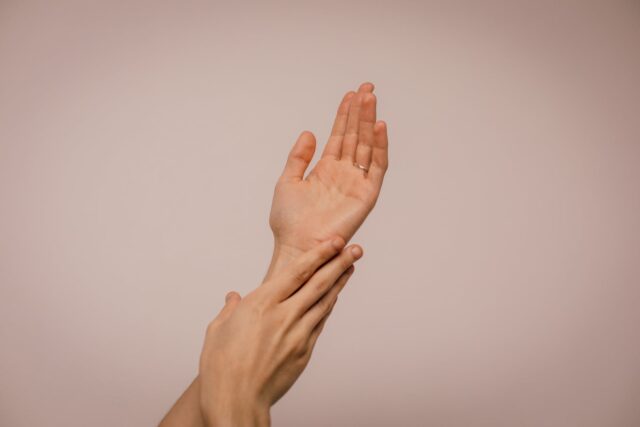
For many psoriasis patients with lesions that come back quite frequently, light therapy or phototherapy is the solution to their bumps. When used correctly, light therapy can be a key contributing factor to improving the symptoms of psoriasis.
Depending on how severe the psoriasis lesions are, light therapy may reduce the size and itchiness of the lesions. In lighter cases, it may even clear up the symptoms entirely.
Regular use of light therapy for psoriasis lesions has to be used with caution, however. If used inaccurately, it may also increase a patient’s risk of developing skin cancer.
It’s only with guidance of a dermatologist or a medical professional that the proper use, strength, and frequency of light therapy can be determined. Generally, these factors will have to be taken into consideration:
• The patient’s skin type
• The extent of how psoriasis has already affected the body
• The patient’s overall health
• The extent of how psoriasis has affected the individual’s quality of life
Conclusion
With all the benefits that light therapy brings for overall health and wellness, it’s not surprising at all why there are so many more individuals using phototherapy. As promising as the benefits may be, however, this isn’t a decision to be taken lightly or on your own.
It’s one you have to discuss with your doctor. That way, you can ascertain with certainty that light therapy is, in fact, the best option for your health needs. Most importantly, don’t settle with the quality of the doctor or clinic offering light therapy. With a qualified physician or provider, you’ll know for certain you can enjoy the promised benefits of light therapy. You’ll also be able to use red light therapy in the comfort of your own home with SunHome Saunas selection of easy to use light therapy devices.









